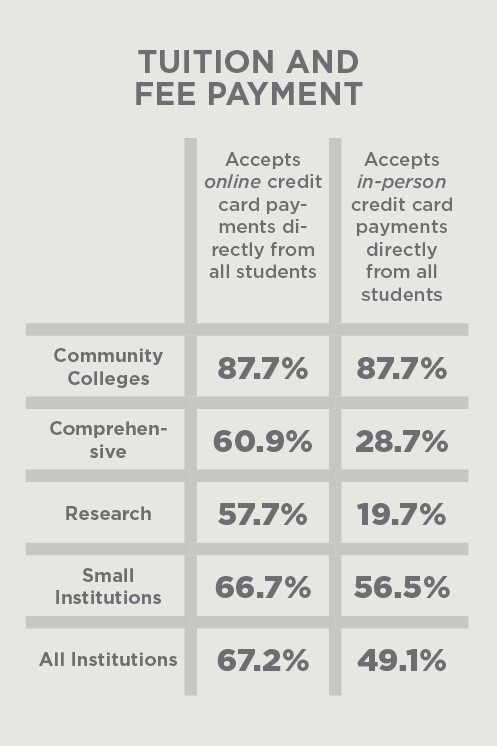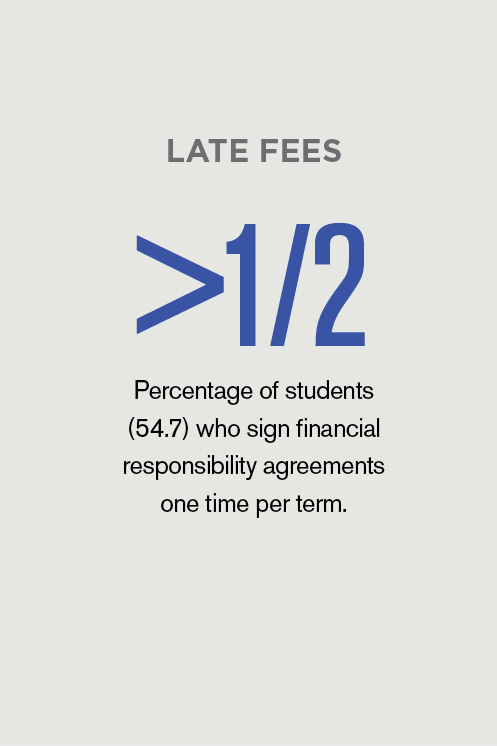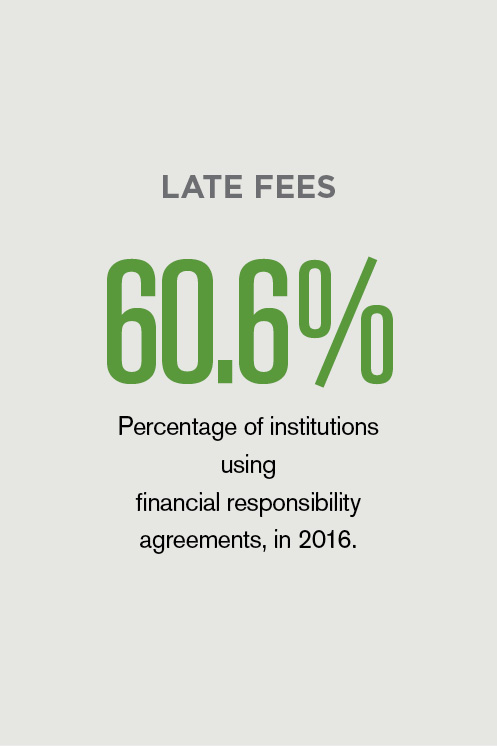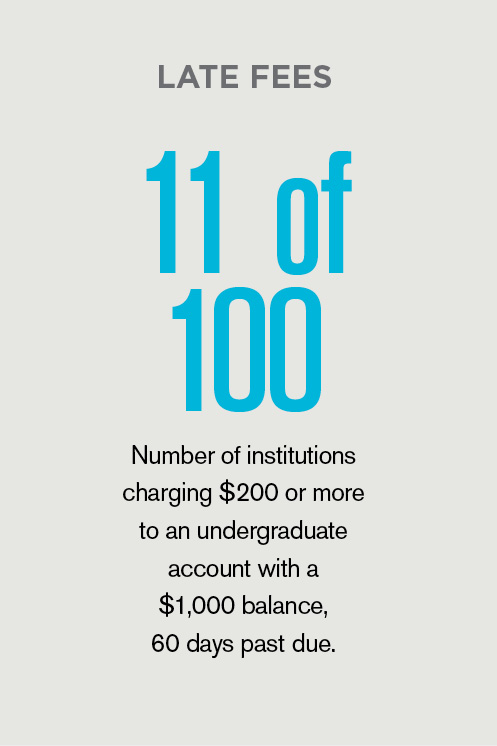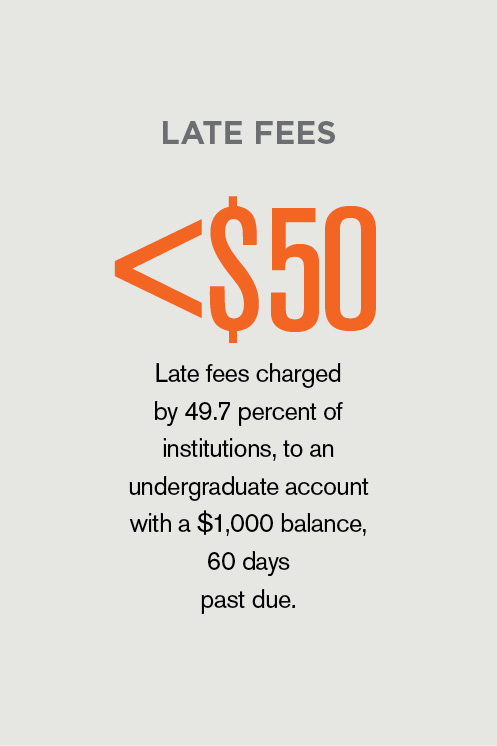Campus Bandwidth Triples Since 2012
The sixth annual 2017 State of ResNet Report measures the trends in network policies and practices in higher education. The report, published by the Association for College and University Technology Advancement (ACUTA) and the Association of College and University Housing Officers–International (ACUHO–I), notes that the combination of challenges posed by the “bring-your-own-device” phenomenon and the Internet of Things have brought a cascade of network requirements that are driving new highs of bandwidth on university campuses.
For the 2017 report, a total of 450 respondents representing 320 institutions participated in the survey, a 77 percent increase in completion rates since the first study in 2012. “Our sixth study shows a bit of a silver lining this year,” notes Sharon Moore, chair of the ACUTA Environmental Scanning Task Force, “as we see more schools than ever finding ways to satisfy skyrocketing demand. It’s our hope that the study provides administrators insight into how best to meet the challenges, as the Internet of Things changes the landscape when students arrive on campus.”
Rapid Response
The 2017 State of ResNet Report includes a number of key findings and insights:
Bandwidth explodes, Wi-Fi needs boosting. With students arriving on campus with numerous “bandwidth-greedy” applications, more than 71 percent of campuses surveyed now dedicate at least one gigabyte to the ResNet, a more-than-threefold increase since 2012. Reported for the first time was the fact that one in four schools offers 7GB or more.
Wireless costs increases; funding catches up. While more than half of colleges and universities expect wireless costs to increase in the coming two years, an equal number saw an increase in ResNet funding.
Connectivity now key concern for administrators. More campus leaders are realizing the importance of technology’s contribution to institutional success, with 93 percent of technology officers and 77 percent of business officers noting that a high-performing ResNet is critical to attracting and retaining on-campus students.
Outsourcing is more than only a way to cut costs. The report indicated a new dynamic in which benefits of outsourcing go beyond reducing costs to include keeping up with changing technology, saving time, providing more IT resources, and improving services.
Issues Remain
While most campuses are in a 24/7 world, better technology support is still needed by the majority of institutions, with not even 15 percent of schools providing round-the-clock support.
Ironically, low-tech support prevails, while rapidly evolving technologies increase the need for more holistic, continuous support.
Mary DeNiro, ACHUO-I executive director and CEO, has this to say: “Higher education administrators understand that we serve one of the savviest groups of technology early adopters—college students … they expect to be always connected. Now more than ever, it’s imperative that housing, IT, and business officers collaborate to create an optimal environment for living and learning.”
Organizational EffectivenessHow does a small Christian university increase its enrollment by 57 percent in only two years? For Regent University, Virginia Beach, Va., it was all about launching a major strategic growth initiative in 2015, calling for a significant investment in new programs and student services.
According to Regent’s chancellor and CEO, M.G. Robertson, “By investing in new programs and services, with a major focus on new technology, Regent is now much better positioned for sustainable growth, while at the same time continuing to offer our students a quality education that is also affordable.” With enrollment setting a new all-time high of 10,000 students, the university is also achieving unprecedented undergraduate retention rates that are “upwards of 80 percent,” reports Gerson Moreno-Riaño, executive vice president for academic affairs and dean of the college of arts and sciences.
Upping its online presence. Ranked among the nation’s top online schools by U.S. News & World Report and other sources, Regent has increased its distance learning offerings to more than 110 online degree programs at both the undergraduate and graduate levels.
Integrating student support systems. The university has brought together a number of units to increase the quality of the student experience, including university advising, the center for student happiness, and the academic support center. These integrated programs provide such services as free success coaching; 24/7 technical, resource, and prayer support; academic tutoring; and workshops on success topics.
Later this year, Regent plans to implement more new programs and services as a continuation of its strategic growth initiative.
" … 15- to 24-year-olds are spending 15 percent less time socializing on their weekends and holidays than their equivalents did a decade ago. Meanwhile, their usage of computers and mobile phones has increased by nearly 40 percent."
—American Time Use Survey, Bureau of Labor Statistics
Source: 2016 Student Financial Services Policies and Procedures (NACUBO)
Fast Fact
What’s Up With Student Performance?
A recently released report, On Solid Ground, introduces a nationwide effort to examine direct evidence of student learning across higher education institutions in the United States. The report, developed by the Association of American Colleges and Universities, represents an important attempt to evaluate outcomes of student learning in the areas of critical thinking, written communication, and quantitative literacy. The strongest student performance was in written communication, supporting the positive effect of recent targeted institutional efforts on writing proficiency.
NEW Resources for Raising Completion Rates
The Center for Urban Education (CU) at the University of Southern California, Los Angeles, is sharing new tools to help state leaders understand why equity is imperative in higher education planning. The product of a collaboration between CU and the Lumina Foundation, the resources are aimed at increasing the number of states with higher education attainment goals that focus on closing the gaps for underrepresented populations.
![]()
By The Numbers
2016 Student Financial Services: Policies and Procedures
Source: 2016 Student Financial Services Policies and Procedures (NACUBO)





